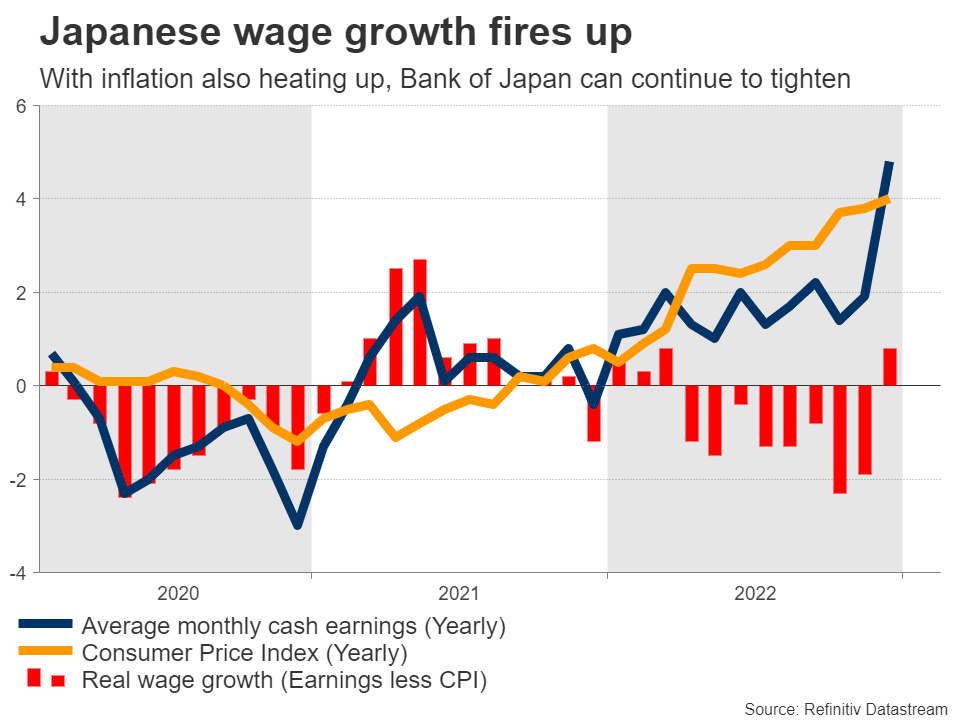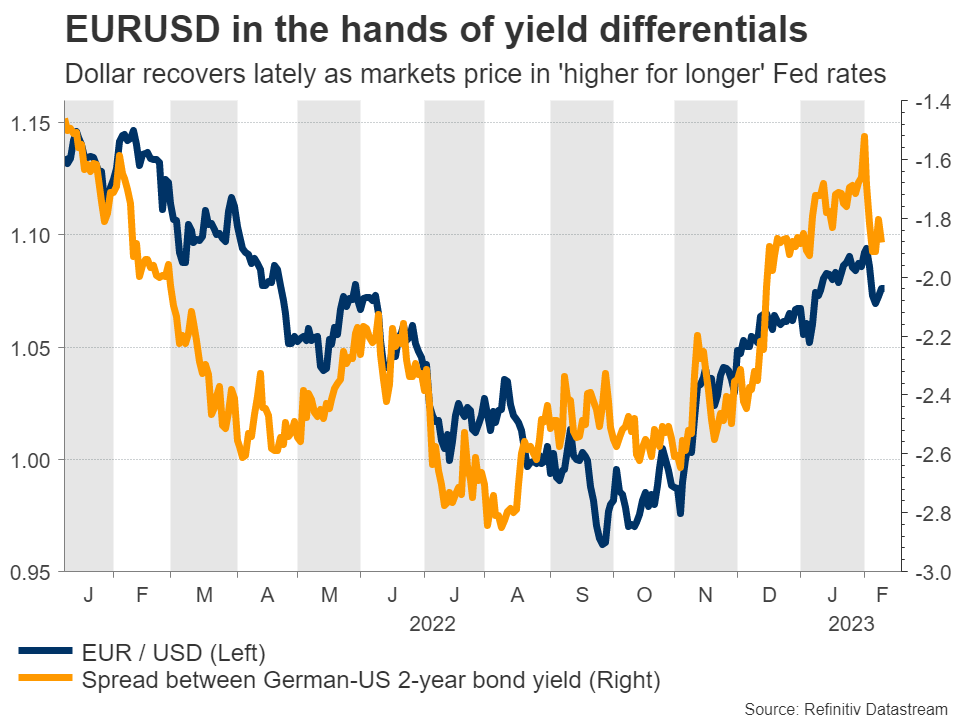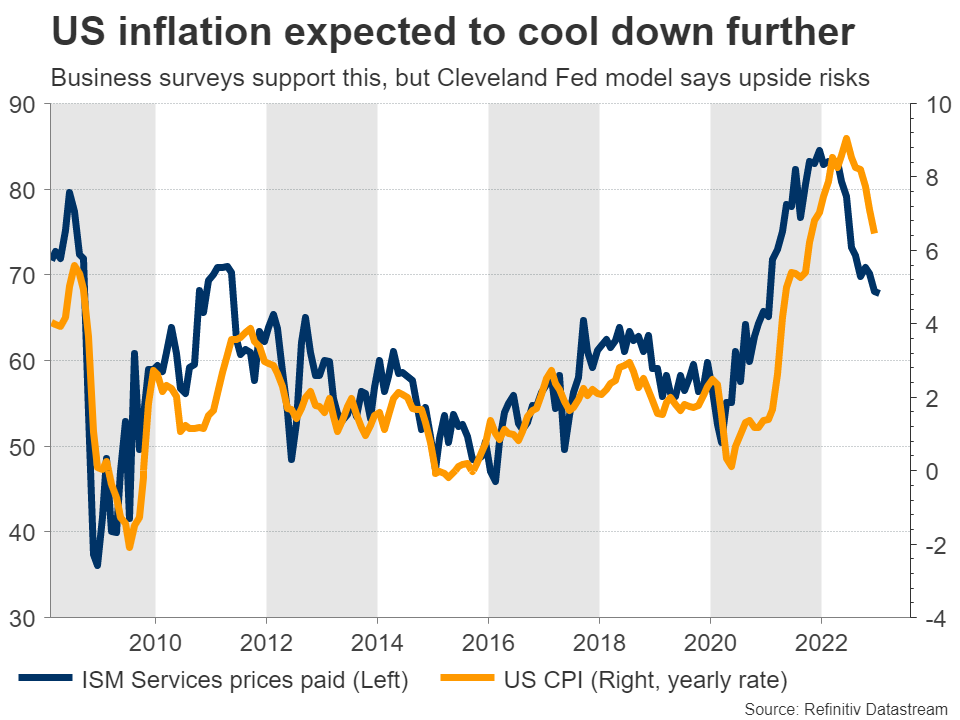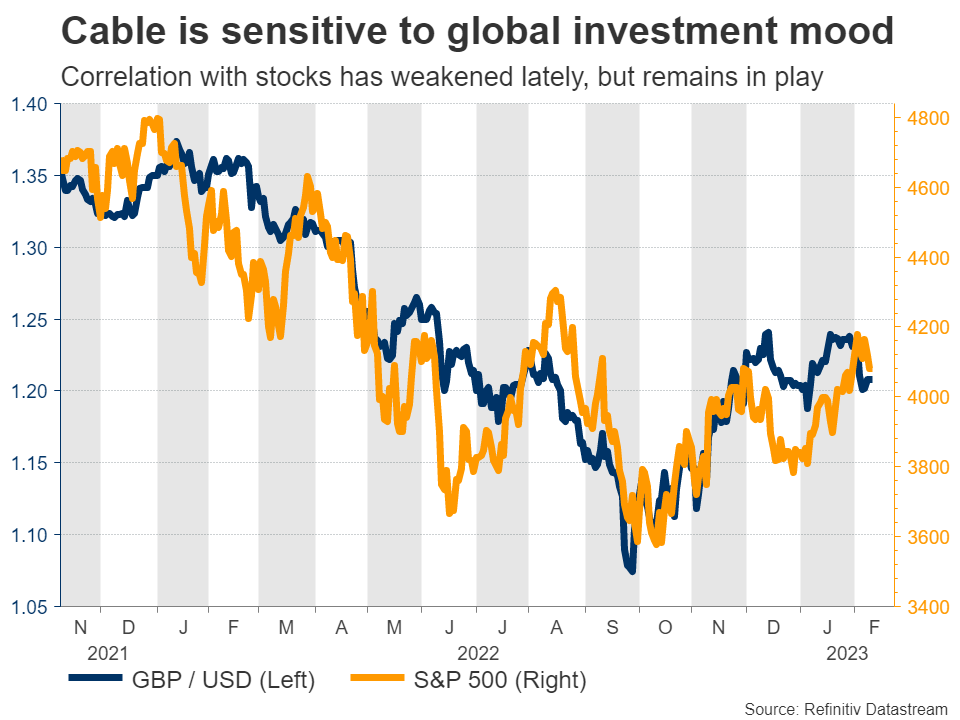Yen jumps on BoJ bets
The moment of truth for the yen is finally here. Media reports suggest the new Bank of Japan Governor will be nominated on Tuesday, with the latest articles tipping Kazuo Ueda as the most likely choice.
Previous reports suggested Masayoshi Amamiya was the frontrunner - one of the architects of the central bank’s unorthodox tactics - but it seems he refused the position. The yen strengthened on the leaks that it will be Ueda instead, in what seemed like a relief move.
Even though Ueda’s policy views are not clear yet, traders are betting he is unlikely to be as cautious as Amamiya on tightening policy. He is not a current member of the Bank of Japan and was not involved in the extreme stimulus policies of the last decade, so the thinking is that he could be more open to raising interest rates.
In the big picture, what matters most for the yen’s trajectory is the economic landscape, which has improved substantially lately with both inflation and wage growth firing up. These developments pave the way for more tightening by the Bank of Japan, turning the focus to the March meeting for the next adjustment in the yield curve control strategy.
Outside of Japan, foreign central banks are about to conclude their own hiking cycles and global economic momentum is losing steam. This is a favorable investment regime for the yen, as yield differentials might continue to compress to its benefit.
On the data front, the nation’s GDP report for Q4 is out on Tuesday and forecasts point to a rebound in economic growth, adding credence to speculation for another BoJ move.
US inflation for Valentine’s day
In the United States, a string of strong data releases has led markets to reprice where they expect Fed rates to peak. Following the stunning nonfarm payrolls report and ISM services survey last week, investors concluded that the US economy remains resilient, pricing in a ‘higher for longer’ scenario for interest rates.
Market pricing now implies that rates will hit 5.15% this cycle, while speculation for rate cuts later this year has started to recede. Traders are still betting that rates will be cut by December, but only slightly so. The ‘serious’ cuts are seen as a story for 2024 instead.
With the labor market still exceptionally tight, the worry is that inflation could return for a second round, forcing the Fed to stay tight for a longer period. This repricing helped breathe some life back into the US dollar recently, but whether the recovery can persist will ultimately depend on whether incoming data validates this narrative.
The ball will get rolling with the latest CPI inflation stats on Tuesday, where expectations are for another cooldown in inflationary pressures. On a yearly basis, the headline CPI rate is expected to have declined two ticks to reach 6.3% in January, from 6.5% previously. It’s a similar picture for the core print.
Supporting the notion of another slowdown in inflation are the latest business surveys from S&P Global, which signaled that service-sector companies raised their selling prices at the slowest pace in more than two years in January. However, the Cleveland Fed Nowcast model points to an upside surprise, forecasting this CPI print at 6.44% instead.
For the dollar to continue its recovery, the markets would probably need to see such a hotter-than-expected print. Retail sales will be the next item to digest on Wednesday, with forecasts pointing to a solid rebound after a worrisome drop back in December. The latest batch of producer prices will follow on Thursday.
British and Australian data eyed
Over in the United Kingdom, there’s a flurry of data releases on the agenda starting with the jobs report for December, which is out on Tuesday. Inflation stats for January will follow on Wednesday, ahead of retail sales on Friday.
Following the Bank of England’s latest ‘cautious’ rate increase, markets think that the central bank could hit the pause button soon, pricing in about even chances for a rate increase or nothing at all next month. Hence, this dataset could be the deciding factor.
As for the pound, the outlook seems cloudy. The UK economy faces serious recession risks according to business surveys, while the Bank of England is sending mixed signals about rates. Meanwhile, US stock markets might be gearing up for another selloff as valuations have become unrealistic and earnings are contracting, leaving sterling vulnerable given its classic correlation with risky assets.
Finally in Australia, the employment report for January will be released Thursday. The Australian dollar is still the best performing major currency so far this year, riding the hype of China’s reopening. However, it is difficult to trust this rebound. Similar to sterling, the aussie is highly correlated with global risk sentiment, leaving it exposed in case the market mood deteriorates.





